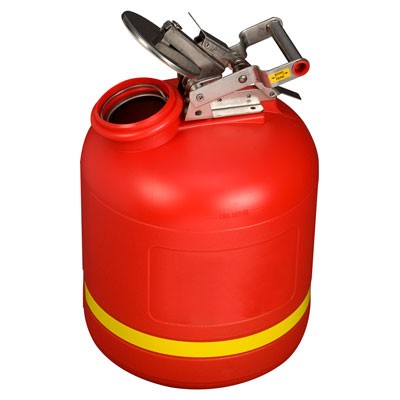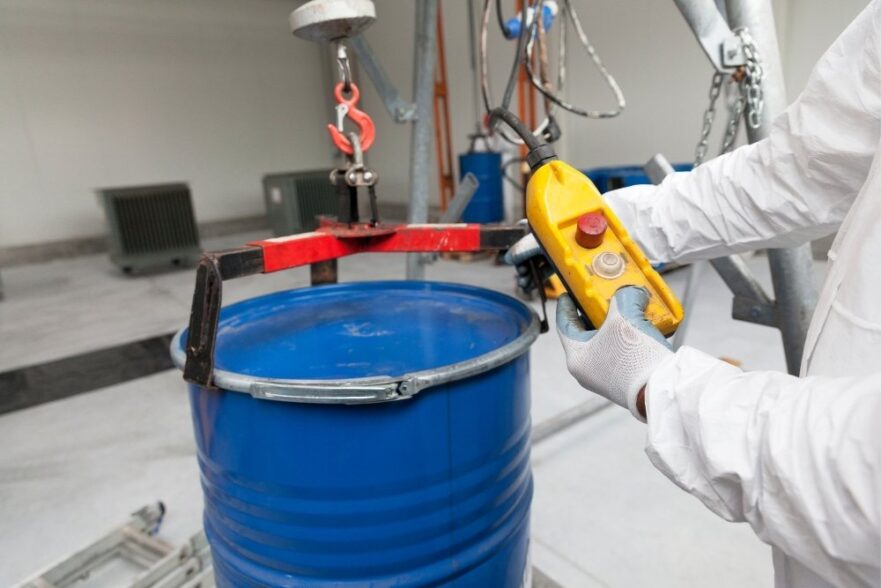Comprehensive Liquid Waste Disposal: Solutions for Homes and Organizations
Comprehensive Liquid Waste Disposal: Solutions for Homes and Organizations
Blog Article
How Fluid Garbage Disposal Functions: A Comprehensive Summary of Strategies and Technologies Employed

Introduction of Liquid Waste Types
The complexity of liquid waste types demands a thorough understanding of their attributes and ramifications for disposal. Fluid waste can extensively be categorized right into numerous types, consisting of industrial, metropolitan, agricultural, and contaminated materials. Each category displays unique residential or commercial properties, calling for certain monitoring techniques to minimize ecological and health threats.
Industrial liquid waste stems from manufacturing processes and usually consists of a series of impurities, such as heavy steels, solvents, and natural substances. Metropolitan liquid waste, largely consisting of wastewater from households and business facilities, contains raw material, nutrients, and microorganisms (industrial wastewater treatment). Agricultural liquid waste, consisting of runoff from ranches, might contain plant foods, pesticides, and pet waste, positioning dangers to water quality and ecological communities
Hazardous liquid waste is identified by its poisoning, reactivity, or potential to create harm. This classification includes compounds like acids, bases, and certain chemicals that necessitate rigorous handling and disposal methods. Recognizing these diverse fluid waste types is crucial for creating reliable disposal methods and ensuring compliance with environmental laws. Proper classification and characterization are crucial for carrying out proper treatment techniques and decreasing the adverse influence on public health and the setting.
Physical Treatment Methods

Testing is the preliminary action, where bigger fragments and debris are removed from the fluid waste utilizing displays or grates. This process shields downstream devices from damages and ensures smoother operation. Following testing, sedimentation makes use of gravitational pressure to separate solids from fluids. In sedimentation storage tanks, much heavier particles resolve near the bottom, developing a sludge layer, while the clarified liquid can be additional dealt with.
Purification is another necessary approach that involves passing the liquid via porous materials, such as sand or membranes, to capture smaller bits. This action improves the quality of the fluid, making it appropriate for succeeding treatment procedures.
Chemical Therapy Techniques
Chemical therapy techniques are essential for properly handling fluid waste, specifically in attending to dissolved and colloidal pollutants that physical approaches may not sufficiently get rid of. These strategies use different chemical agents to neutralize, precipitate, or change unsafe compounds right into less unsafe forms.
One common technique is coagulation and flocculation, where chemicals such as alum or ferric chloride are included in promote the aggregation of suspended fragments. This procedure boosts sedimentation, enabling much easier elimination of the resulting sludge. Furthermore, oxidation processes, using representatives like chlorine or ozone, are used to break down complicated organic substances and virus, rendering the waste more secure for discharge or more treatment.
Neutralization is one more vital technique, which readjusts the pH of acidic or alkaline waste streams to neutral levels, avoiding prospective harm to downstream systems and the atmosphere. Moreover, progressed oxidation processes (AOPs) utilize combinations of oxidants and ultraviolet light to break down consistent toxins, accomplishing a higher degree of treatment efficiency.
Organic Therapy Processes
Organic therapy processes play a vital duty in the administration of liquid waste by utilizing microbes to decay raw material and reduce impurity levels. These procedures can be extensively classified into anaerobic and aerobic treatments, each using particular microbial areas to achieve effective waste deterioration.
Aerobic therapy includes making use of oxygen to facilitate the malfunction of organic materials by microorganisms. This procedure is commonly applied in activated sludge systems, where oygenation containers provide a helpful setting for microbial development, causing the oxidation of organic pollutants. The resultant biomass can be divided from treated effluent through sedimentation.
On the other hand, anaerobic treatment takes place in the absence of oxygen, counting on different germs to damage down organic issue. This approach is especially helpful for high-strength waste, as it liquid waste disposal melbourne produces biogas, a sustainable energy resource, while reducing sludge manufacturing. Technologies such as anaerobic digesters are regularly employed in commercial and municipal applications.
Both aerobic and anaerobic biological therapies not only decrease the environmental influence of fluid waste however additionally assist in resource healing, making them vital components of sustainable waste monitoring approaches. Their adaptability, performance, and effectiveness support their prevalent execution across numerous fields.
Emerging Technologies in Disposal
Cutting-edge methods to liquid waste disposal are swiftly developing, driven by advancements in innovation and a raising focus on sustainability. Amongst these emerging innovations, membrane layer bioreactors (MBRs) have obtained grip for their capacity to incorporate organic therapy with membrane purification, resulting in premium effluent that can be recycled in different applications. MBRs allow smaller footprints and extra reliable operations contrasted to traditional systems.
One more promising growth is using anaerobic food digestion incorporated with nutrient recovery technologies, which not just treats liquid waste however likewise creates biogas and recoups useful nutrients like nitrogen and phosphorus. This double advantage improves resource efficiency and reduces ecological effect.
In addition, progressed oxidation procedures (AOPs) are being adopted for the destruction of complex organic pollutants. These methods utilize effective oxidants and drivers to damage down pollutants at the molecular level, offering an extremely efficient solution for tough waste streams.
Furthermore, the integration of man-made intelligence and device discovering in waste monitoring systems is optimizing functional efficiency and anticipating upkeep, leading to decreased prices and improved environmental compliance. These modern technologies show a considerable shift in the direction of even more efficient and lasting liquid waste disposal techniques.
Conclusion
In verdict, reliable fluid garbage disposal demands an extensive understanding of various strategies and innovations. The assimilation of physical, chemical, and biological treatment techniques makes sure the reliable management of varied waste types. In addition, the introduction of cutting-edge innovations improves therapy effectiveness and advertises sustainability in waste monitoring techniques. By continuously advancing these methods, it comes to be feasible to resolve the expanding obstacles related to liquid waste, inevitably adding to ecological defense and source recuperation.
Liquid waste disposal is a critical element of ecological management, calling for a comprehensive understanding of various techniques and technologies tailored to various waste types. Fluid waste can extensively be classified into a number of types, consisting of commercial, local, farming, and unsafe waste. Agricultural fluid waste, including drainage from farms, might contain plant foods, chemicals, and animal waste, positioning risks to water quality and environments.
Various physical therapy approaches play a vital function in managing fluid waste effectively - industrial wastewater treatment.In verdict, efficient fluid waste disposal requires a comprehensive understanding of various techniques and innovations
Report this page